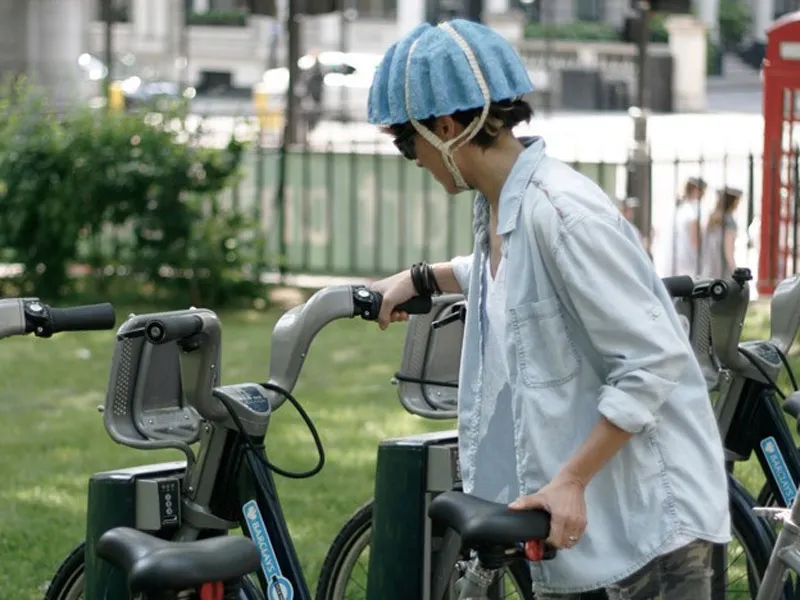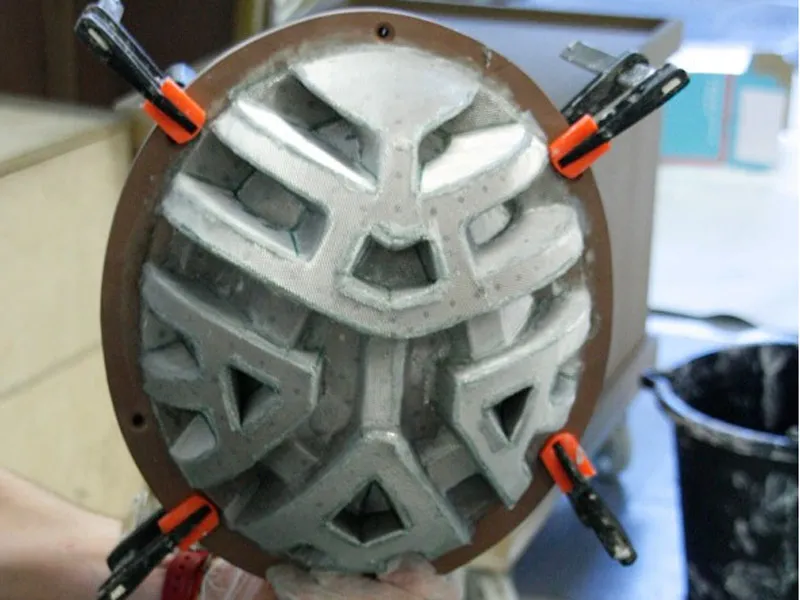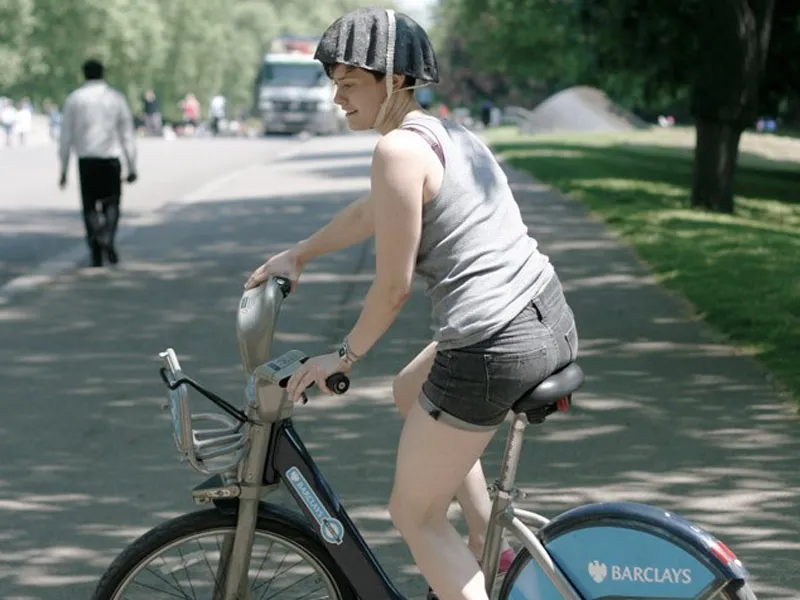In the past few years there have been attempts to create bicycles and helmets out of paper-based materials for cost efficiency. For the team behind the Paper Pulp Helmet, building helmets from recycled materials is also about being green by reusing black-and-white newspapers. They claim the helmet works for up to six hours in the wet and are working on it to meet European safety standards.
Royal College of Art in London graduates Tom Gottelier, Bobby Petersen and Edward Thomas are working to develop a helmet that is made of newspapers collected from the public transport network in the British capital. The trio is now looking to provide helmets for the city’s new bike share programs.
“We’ve seen other processes where helmets are cleaned to be reused in various but at present there is no provision to provide helmets to those renting a bike,” Edward Thomas told BikeRadar.
While many regular commuters have helmets, those looking to rent a bicycle often do not.
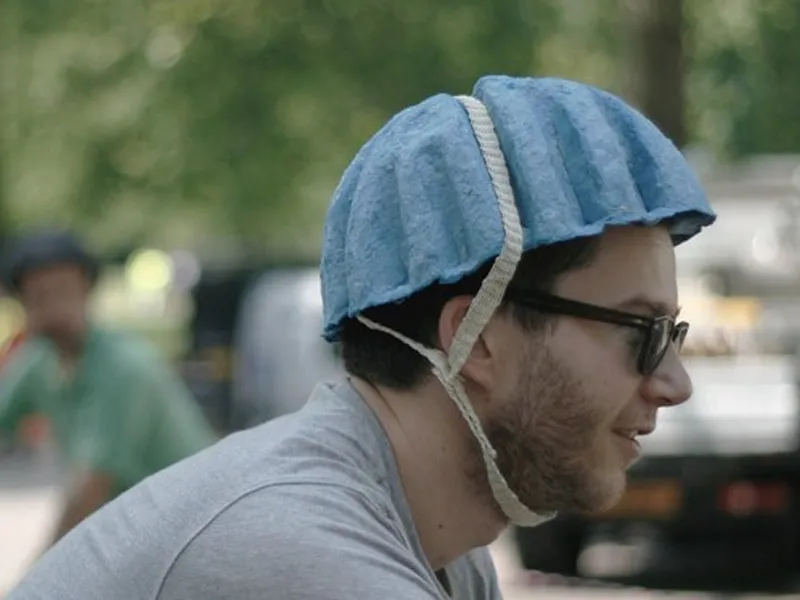
Could recycled paper helmets be a solution for commuters or city bike renters?
“What we were really trying to address here is the spontaneous hirer, who decided that they need to get somewhere. There is no provision of any kind for a helmet,” Thomas said.
At the same time London’s free newspapers are often picked up — and discarded — with regularity. The Paper Pulp Helmet could thus solve two problems at once.
“The two papers, the Metro and Evening Standard are given out free. Everyone who goes down on the tube takes one of these with them,” noted Thomas. “As a result these papers have a short life cycle.”
Here is where Paper Pulp Helmet can step up. They are looking to provide collection points where the news papers can be discarded, collected and then provided as the raw material for fresh helmets. After being gathered, these discarded papers are mixed with water to create a pulp, while a bonding agent helps the material to hold its shape and more importantly be molded into something that can be worn and provide some protection on the head.
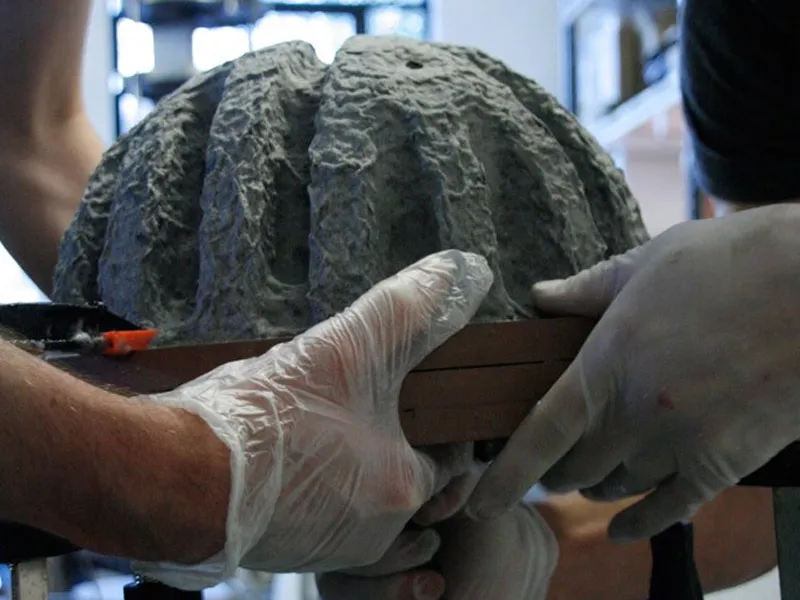
Recycled newspapers are mixed with water and a bonding agent and vacuum-molded into shape
The mixture is actually vacuum-formed into shape, heated and then left to dry. Pigments are added during the process so that helmet sizes can be determined quickly.
Thomas added that this system is designed to be energy efficient while at the same time being affordable for riders. The trio hopes to make these helmets available as affordably as possible. At present Thomas and his partners are working on a few models.
“The most expensive and bureaucratic would be vending machines next to the hiring points,” he explained to BikeRadar. “Ideally we’d like to see the helmets dispensed for free, possibly with a sponsorship scheme.”
Good for up to six hours in the wet
While the helmets are being made of paper the bonding agent being utilized will help endure weather, something that is necessary given that London is a city known for more than its fair share of rain. In rainy conditions the helmets should be good for up to six hours, and if these aren’t used in wet weather could be reused for a week or so.
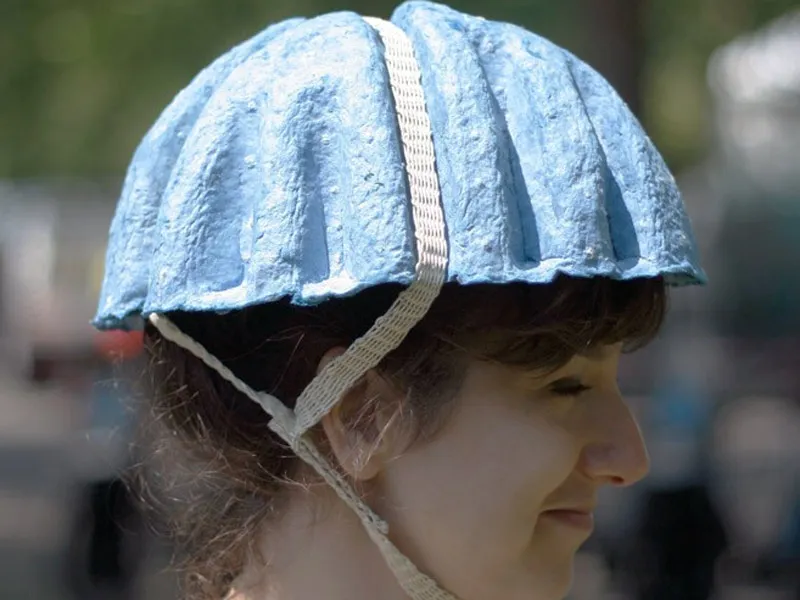
The Paper Pulp Helmet team will conduct safety testing once a final product is made
Once the helmets have done the job – whether for a week or just a ride – the best part said Thomas is that these could be recollected and “repulped” to make new helmets.
Does it work?
While there is still a lot of development and safety testing yet to be done, Thomas added that they’re aiming to bring the Paper Pulp Helmet to riders next spring.
"Attaining European safety standards is an important element of our project and we intend to meet them however, independent assessment can be very expensive and we are reluctant to have it tested now as the helmet is not yet a true representation of the industrialised product. We are currently sourcing funding to invest in industrial tooling for the production of our helmet, this will then be assessed independently," Thomas said.
"Similar pulp mouldings from the factory with which we are working are used as protective packaging in the chemical industry. The drop tests that have been approved on these mouldings have been far more rigorous than those detailed in the European standards for bicycle helmets, so we are cautiously optimistic."
